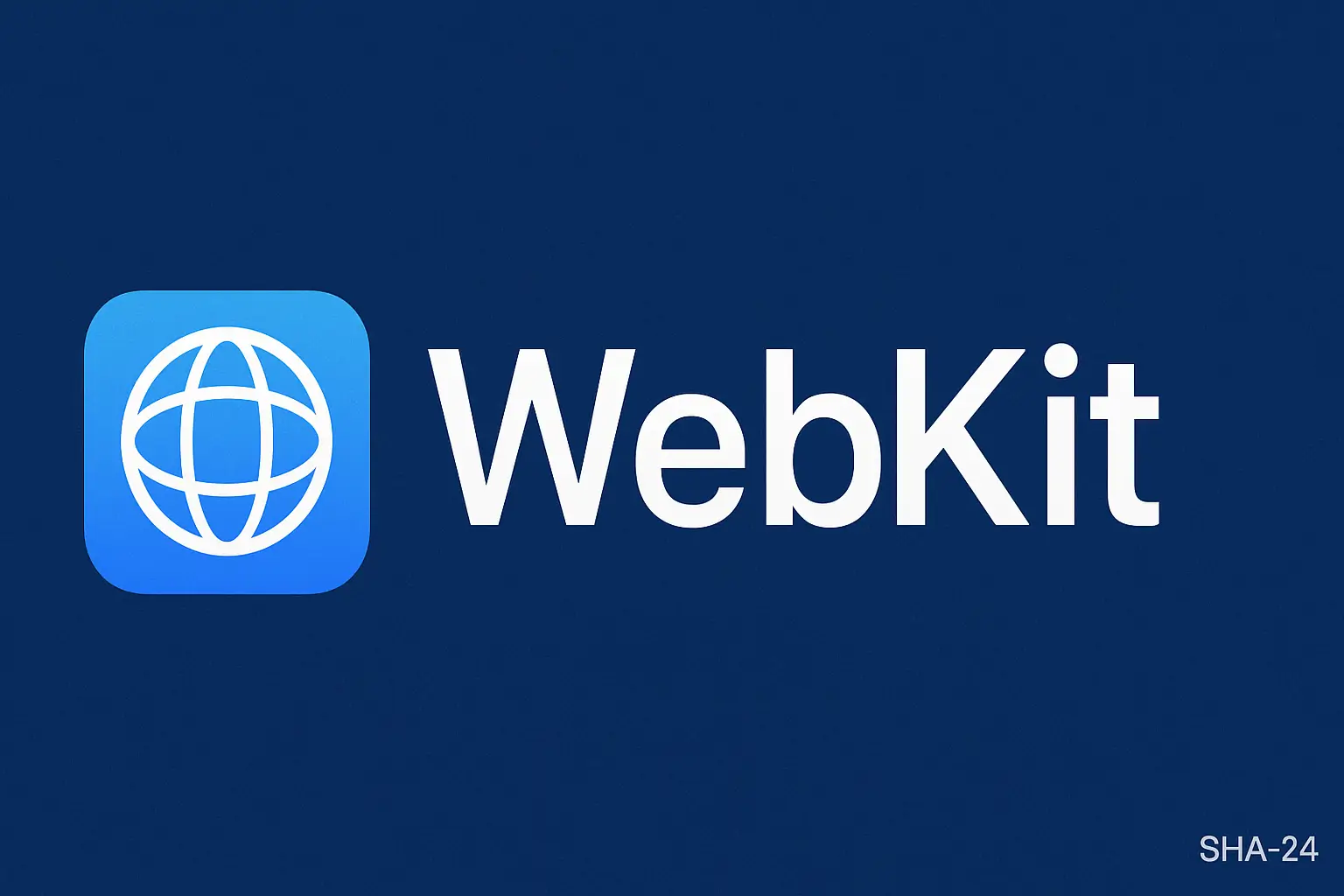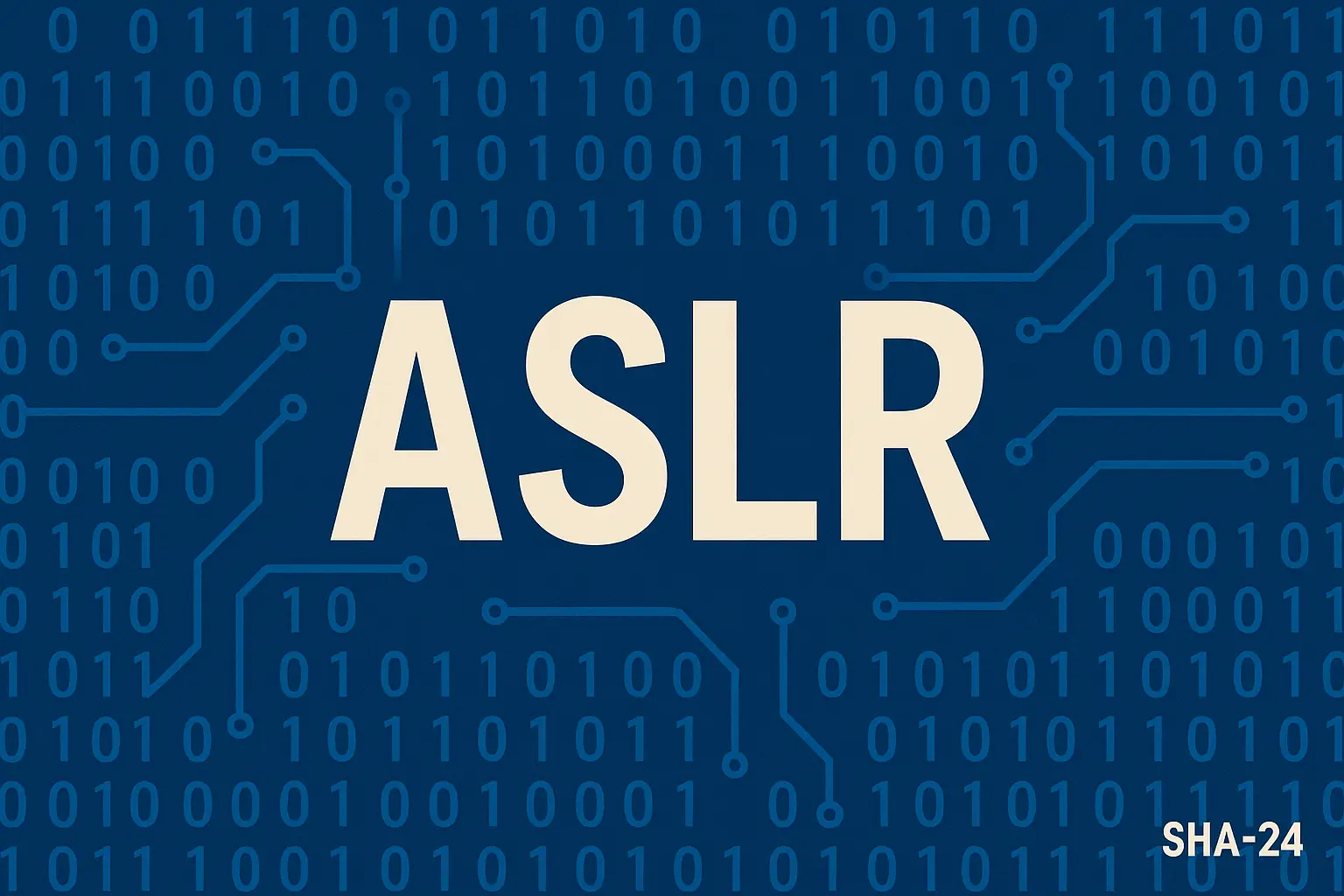Published on Jun 23, 2025
Meet WebKit: The Powerful Browser Engine Behind Modern Browsers

In the modern web world, many technologies work behind the scenes to ensure that users can browse the internet quickly and smoothly. One core technology that is rarely realized by ordinary users is WebKit. This browser engine is the foundation of several popular browsers and plays an important role in rendering web pages. This article will discuss WebKit in depth, from its history, how it works, to its advantages and impact on the development of web technology.
What is WebKit?
WebKit is an open source browser engine used to display web content such as text, images, and other interactive elements. WebKit was first developed by Apple and is widely used in the Safari browser. In addition, WebKit is also the forerunner to the development of other browser engines such as Blink used by Google Chrome.
WebKit functions as a bridge between HTML, CSS, and JavaScript code with a visual display that can be seen and interacted with by users on their device screens.
A Brief History of WebKit
WebKit’s origins began with an open source project called KHTML developed by KDE. In 2001, Apple adopted KHTML and formed a new project that later became known as WebKit. Apple refined and adapted the KHTML source code to support the development of Safari which was released in 2003.
In 2005, Apple released WebKit as an open source project, allowing developers around the world to contribute. One of Apple’s famous quotes states:
“WebKit provides a lightweight and efficient foundation for building fast, modern browsers.” — Apple Developer Team
Google later forked WebKit to create the Blink engine in 2013, which is now the basis for Google Chrome and other Chromium-based browsers.
How WebKit Works
WebKit works in several main stages in the process of rendering a web page:
Parsing HTML: WebKit starts by reading an HTML document and building a DOM (Document Object Model) tree structure.
Parsing CSS: Then, this engine reads the CSS file to determine the visual style of the elements in the DOM.
Constructing Render Tree: WebKit combines information from the DOM and CSS to create a render tree, which is a representation of the elements that will be displayed on the screen.
Layouting: WebKit calculates the position and size of each element.
Painting: The elements are then drawn into the graphics buffer.
Compositing: The final stage where the visual elements are compiled and displayed to the user.
Main Components of WebKit
WebKit consists of two main components:
- WebCore: This is the component that handles HTML parsing, CSS, DOM, layout, and rendering.
- JavaScriptCore: This is WebKit’s JavaScript engine that functions to execute scripts.
Advantages of WebKit
- Fast and Efficient: WebKit is known for its fast rendering performance and efficient use of resources.
- Open Source: Because it is open, WebKit can be modified and used by anyone.
- High Compatibility: Supports the latest web standards such as HTML5 and CSS3.
- Used by Many Platforms: In addition to Safari, WebKit is also used in other browsers such as Epiphany (GNOME Web), and various operating systems such as iOS and macOS.
Disadvantages of WebKit
Despite its many advantages, WebKit also has some disadvantages:
- Difficult Code Synchronization Process: Because many parties use WebKit and fork it, it is sometimes difficult to maintain code uniformity.
- Lack of Experimental Feature Support: Compared to Blink, WebKit tends to be more conservative in adopting the latest web features.
WebKit’s Role in the Mobile World
WebKit plays a dominant role in the mobile world, especially since Apple requires all browsers on iOS to use WebKit as its engine. This makes Safari and third-party browsers such as Chrome and Firefox on iOS use the same engine, WebKit.
According to a quote from the Mozilla Foundation :
“WebKit on iOS is the only choice for all browsers, limiting engine diversity but also ensuring minimum standards of performance and security”.
Comparison of WebKit with Other Browser Engines
| Features | WebKit | Blink | Gecko |
|---|---|---|---|
| Performance | Very fast | Very fast | Fairly fast |
| Standards Support | High | Very high | Very high |
| Code Size | Light | Medium | Heavy |
| License | BSD/LGPL | BSD | MPL |
WebKit and Web Standards
WebKit actively follows the development of web standards set by organizations such as the W3C (World Wide Web Consortium). By participating in the development of these standards, WebKit helps ensure that web content can be displayed consistently across devices and platforms.
Challenges and the Future of WebKit
One of WebKit’s biggest challenges right now is dealing with the dominance of the Blink engine used by Google. However, Apple continues to develop WebKit to improve security, performance, and compatibility.
WebKit also faces challenges when it comes to development transparency. The developer community has often asked for more documentation and an open roadmap from Apple.
However, with more and more devices relying on WebKit, including smart devices and embedded systems, the future of WebKit is bright.
Contributions and Community
As an open source project, WebKit welcomes contributions from a wide range of parties. Apple remains the primary contributor, but many other companies and individuals have contributed code and improvements.
According to the official WebKit documentation:
“Contributions from the open source community are critical to maintaining the quality and evolution of WebKit as a modern browser engine.”
Conclusion
WebKit is a fundamental part of a fast, stable, and compatible web browsing experience. Despite its under-the-hood nature, it has a huge impact on how web pages are rendered and function across devices. As the browser engine that powers Safari and many other browsers, WebKit continues to evolve as technology changes and user demands change.
With its open source foundation and community support, WebKit is not only part of browser history, but also its future.





